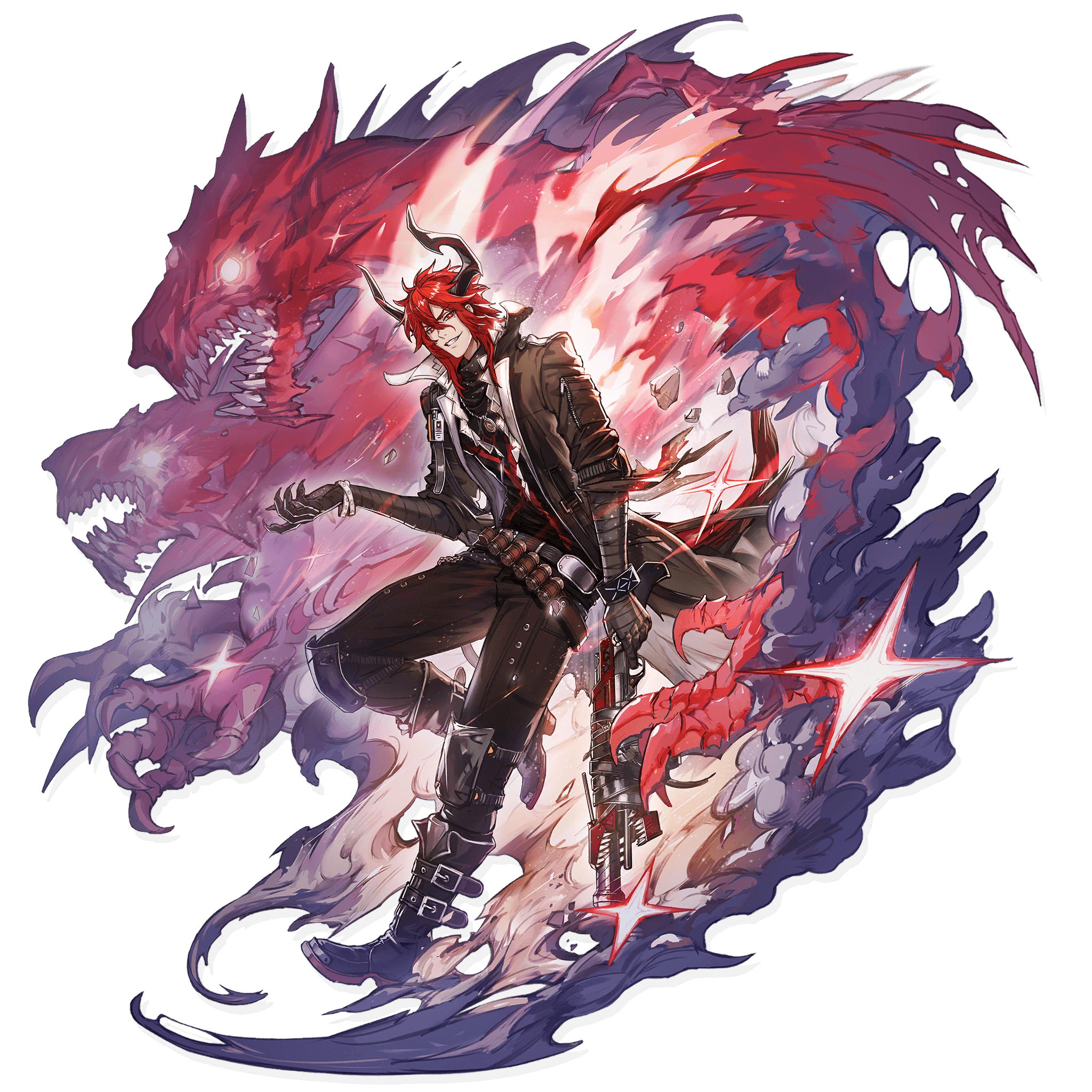Name etymology: Willow

Saileach is Irish for willow. This is particularly fitting too because her real name is Jane Willow. So her codename of Saileach is the Irish version of willow.
Saille, Seille, S – Willow is the fourth letter of the ogham alphabet ‘Saille’ and the fifth month of the Celtic tree calendar. It is a symbol that Spring has come, it is the first tree to flower in Spring, so loved by bees, and the last tree to lose its vibrant colour in Autumn.
Also, the scientific name of willow in Latin is Salix. These words are related.
The willow was a sacred tree to the Celts both for the wide range of materials it provided and for its unique beauty and spiritual presence.
Willow had many practical uses in old Ireland, Britain and throughout the World, as well as spiritual ones.
It was used in the walls of houses as part of wattle and daub, made into fence posts and barrels and woven into wicker baskets, furniture, beehives, fencing and lobster pots to name just a few of its many uses.
The bark of the willow contains salicin which, when oxidised in the human body, becomes salicylic acid, later to be turned into what we know as aspirin.
Willow was also used to treat rashes, dandruff, bleeding gums and mouth inflammations. It was also used to prevent fever and dyspepsia. Maybe this is also why Saileach's S2 has healing abilities.
Another thing about Saileach's name is the harp from Ireland's coat of arms.
Saileach's CN name is 琴柳 where the characters mean harp and willow. There is also a musical instrument name thing going on in Saileach's team: Bagpipe and Trumpet (or whatever the name of the Blaze look alike will be in English)

Saileach's outfit and flag has the colours of Ireland's coat of arms.
Species prototypes: A hybrid of Welsh dragon and Indian naga
Stormwatch makes references to the Welsh dragon mythology.
Links to know more about the Welsh dragon stories because I am not going to copy over an entire story in a lore article:
https://www.twinkl.com.sg/teaching-wiki/welsh-dragon (a teaching website, simple to understand)
https://en.wikipedia.org/wiki/Welsh_Dragon (good ol' Wikipedia)

Basically there's a white and red dragon in the story. The white dragon symbolises the Saxons and that the red dragon symbolises the people of Vortigern (Britons).
In Stormwatch, Bagpipe and Saileach would represent the white dragon, the invader. Reed would represent the red dragon, the original. The colours are subverted for Bagpipe and Reed.
Besides the Welsh dragon, Saileach also makes references to another dragon (?): the Indian naga.

Saileach's E2 art is incredible: A dragon with many heads. So what kind of dragon is she? The answer is that she is a mixed dragon with both Western (Victoria) and Asia (Sargon) origin. This is not the first case in Arknights, for Talulah is a Lung and Draco hybrid.
However, it gets a little trickier when there is not much distinction for Sargonian Vouivre from the other Vouivre (of Vouivre, Victoria, Columbia) as they are still classified as the same species, despite the varying prototypes of naga and wyvern. Further complicated when some move to other countries. Besides Saileach, there is also Toddifons.
From the Stormwatch story and her archives, we know that Saileach is descended from a Sargonian Vouivre. One of Saileach's ancestors (her paternal great-great-grandfather) was a Sargonian immigrant who moved to Victoria. In her EP, she even sings 'Even if I wander, 'yon towards the hills of Sargon'.
Before Stormwatch, some speculated that Saileach could be a hydra. Also a multiple-headed serpent from Greek mythology. The difference is that hydras can regenerate heads but not nagas. Anyway a lot of mythology is overlapping, so multi-headed serpents exist in multiple cultures. It's a possibility.
Therefore, with the keywords of Sargonian Vouivre, another operator is a reference that leads to the naga conclusion: Sesa. (It's not like I want to talk about him again on purpose, but it is absolutely important for the Saileach lore too. Really.) His E2 art is also a dragon with multiple heads. Due to his name, we immediately know that his reference is a naga as Sesa is a nagaraja in Hindu mythology. Besides Arknights, you might have also seen (Ananta) Sesa in the Shin Megami Tensei games too.

So what are nagas? Time to bring in my knowledge from reading up on the Sesa lore. Great that it came in useful for Passenger, and now Saileach too.
Naga is Sanskrit for cobra and such creatures may have originated from the practice of serpent worship in ancient India, even before Hinduism was a thing. The nagas are described as the powerful, splendid, wonderful and proud semi-divine race that can assume their physical form either as human, partial human-serpent or the whole serpent. They have multiple heads (up to thousands for the nagaraja). Their domain is in the enchanted underworld, the underground realm filled with gems, gold and other earthly treasures called Naga-loka or Patala-loka. They are also often associated with bodies of waters — including rivers, lakes, seas, and wells — and are guardians of treasure. This creature is present in both Hindu and Buddhist mythology as they have similar roots in India.

Sesa and Brahman from the Hindu mythology

In Buddhism, nagas are guardians of the dharma and bring fortune.
The concept of naga spreads to China where it was integrated with the local Chinese dragon lore where the serpents became known as Chinese dragons. This happened when Buddhism spreads to China from India (which can explain why Sesa talks about Buddhist philosophy in his voiced lines and some features like his horns and tail look more like Chen, Yan-Sui operators, and Lee than the other Vouivre). This then influences the Korean ryong and the Japanese ryuu. At the same time, the naga serpent is also present in Southeast Asian Buddhism such as Thailand and Indonesia.
Anyway, back to Saileach. Her E2 art having lots of water is consistent with the naga lore and this explains the multiple heads in the E2 animal.
Another possible prototype is the Xiangliu which is a nine-headed Chinese serpent. The liu character is the same for Saileach (Qinliu) and Xiangliu. Xiangliu is a venomous nine-headed snake monster that brings floods and destruction in Chinese mythology. Can be considered a hydra due to the 9 heads. But not the same as the Greek hydra.

Screenshot from Night at the Museum
Conclusion
Saileach is one of my favourite operators for her story and her lore. Hope you will enjoy her too! She sure has more lore than the previous dragon during summer /cough
I especially love how my accumulated naga lore from the Sesa lore comes in handy. Here's to hoping that someday Hypergryph actually expands on the Sargonian Vouivre lore because in real life, the nagas are actually closer to Chinese dragons than wyverns. And we all know that Asian and Western dragons are very different.
Here's a document which has more Sesa's lore in relation to the Indian Hindu and Buddhist naga if you want to know more: https://docs.google.com/document/d/1hoMETw4c2UmDldJydZ_8vChR3fmWAXQZVne…













